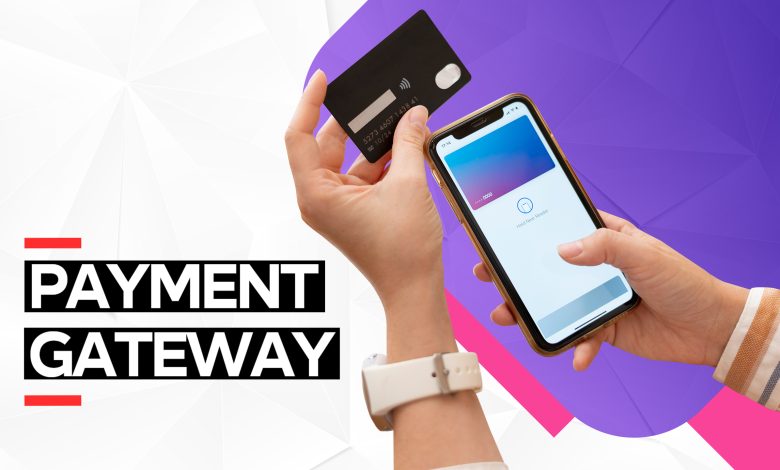Adding Payment Gateways to Your App

In-app payments are a vital feature for e-commerce, subscription services, and digital marketplaces. Integrating a secure and reliable payment gateway ensures smooth transactions, builds user trust, and boosts revenue.
In this article, we’ll explore how to add payment gateways to your mobile app, covering popular providers, integration methods, security considerations, and best practices.
1. Understanding Payment Gateways
A payment gateway connects your app to financial networks to process payments. Its responsibilities include:
- Encrypting sensitive data (credit/debit card information)
- Authorizing transactions
- Processing payments securely
- Sending confirmation to your app
Popular payment gateways:
- Stripe → Easy integration, supports subscriptions and one-time payments
- PayPal → Widely trusted, supports multiple currencies
- Braintree → Owned by PayPal, supports recurring payments
- Razorpay / Paytm → Popular in India
- Apple Pay / Google Pay → Native mobile wallet solutions
2. Choosing the Right Gateway
- Consider your region → Payment methods vary by country.
- Transaction fees → Evaluate per-transaction charges.
- Ease of integration → Look for SDKs or APIs.
- Security compliance → PCI DSS certified providers are preferred.
- Recurring payments → Important for subscriptions.
3. Integrating a Payment Gateway (Example: Stripe)
Step 1: Add SDK
Step 2: Configure API keys
- Store keys securely (server-side recommended).
- Use test keys during development.
Step 3: Create payment form
- Collect minimal user info: card number, expiry, CVV.
- Use native SDK components for PCI compliance.
Step 4: Process payment
- Send payment token to your backend server.
- Confirm the transaction and update the app UI.
4. Security Best Practices
- Never store card information on your server.
- Use HTTPS for all payment requests.
- Enable two-factor authentication for admin dashboards.
- Follow PCI DSS guidelines to ensure compliance.
5. Handling Payment Failures
- Provide clear messages → “Payment failed, try another method.”
- Retry logic for failed transactions.
- Notify users of pending or failed payments via email or in-app alerts.
6. Supporting Multiple Payment Methods
- Include credit/debit cards, wallets, and UPI (if relevant).
- Enable Apple Pay and Google Pay for fast, secure mobile payments.
- Provide an option to save payment methods securely for repeat transactions.
7. Testing Payments
- Use sandbox/test environments provided by the gateway.
- Test various scenarios: successful payment, declined card, network failure.
- Validate backend logic → ensure order status updates correctly.
8. UI/UX Considerations
- Keep payment flow simple → fewer steps increase conversion.
- Show transaction summary before confirmation.
- Include success/failure screens with clear messaging.
- Offer receipts or confirmation emails automatically.
9. Monitoring and Analytics
- Track payment success rates, failed transactions, and revenue trends.
- Tools: Stripe Dashboard, PayPal Reports, Firebase Analytics.
- Analyze trends to improve payment experience and reduce abandonment.
10. Conclusion
Adding payment gateways to your app involves choosing the right provider, integrating securely, and optimizing user experience. Proper implementation ensures smooth transactions, builds trust, and can significantly increase revenue.
By following best practices for security, testing, and UX design, developers can provide a seamless and reliable payment experience for users across the globe.

